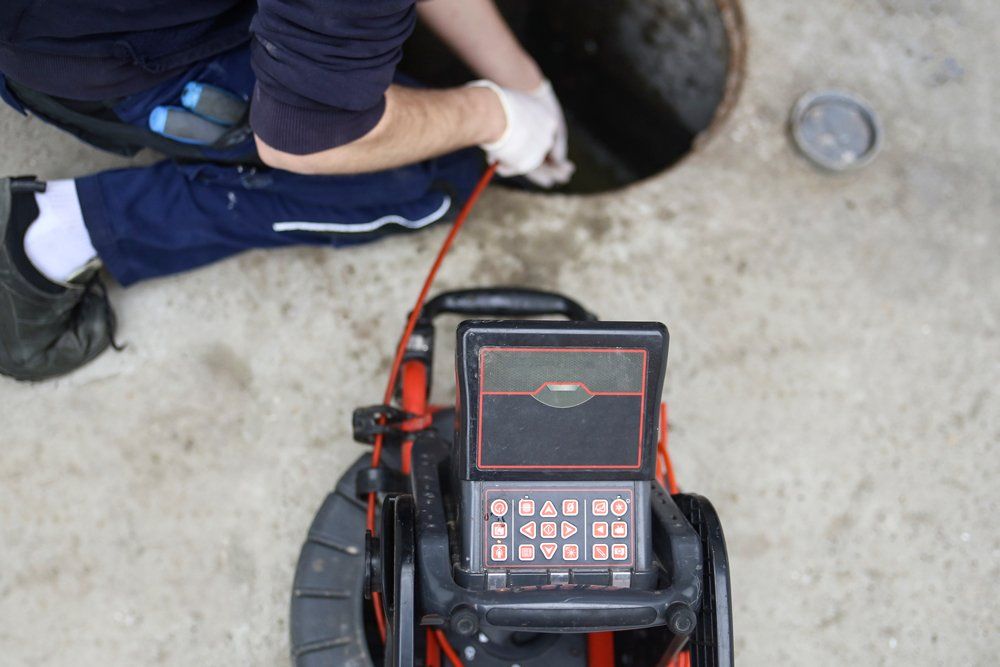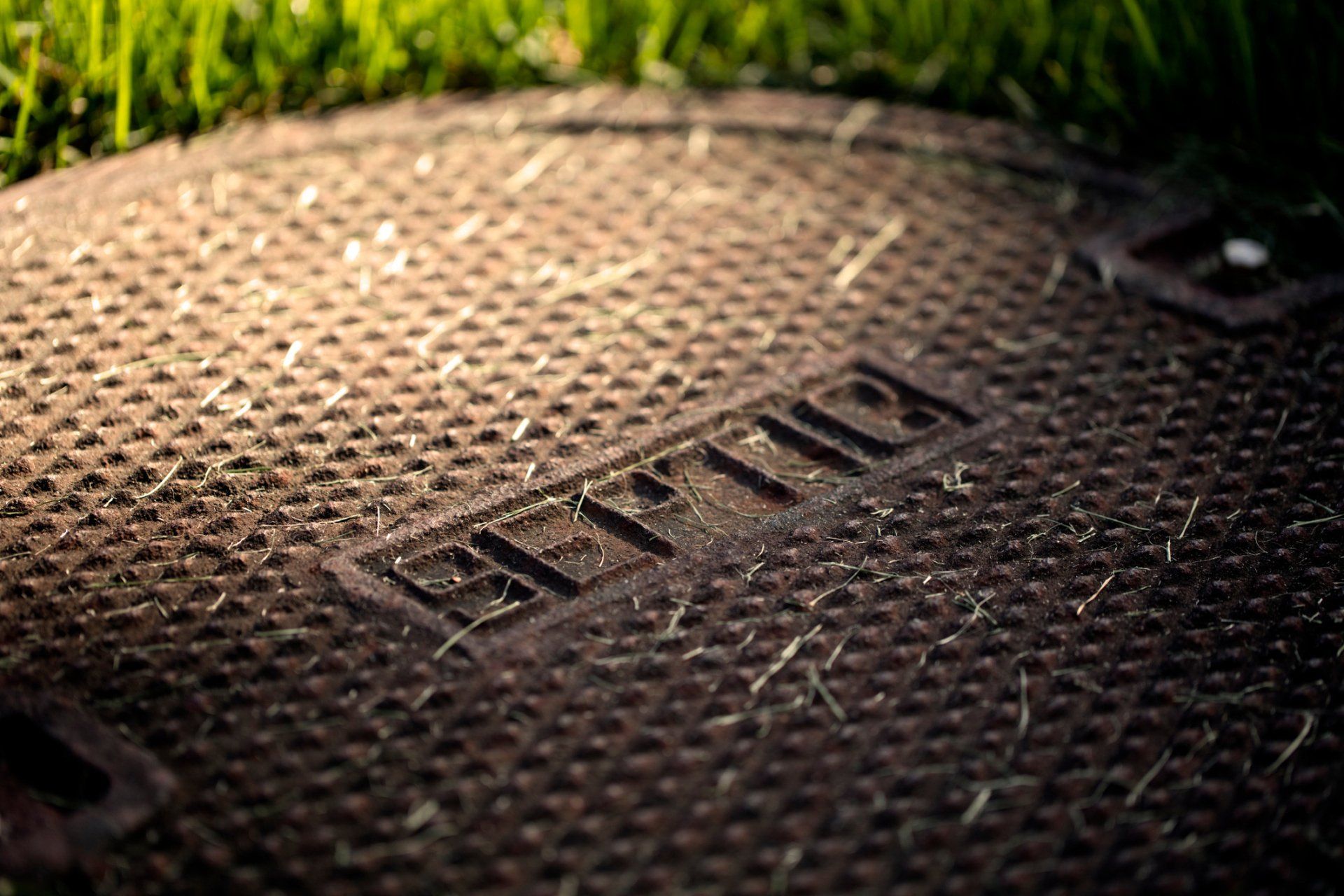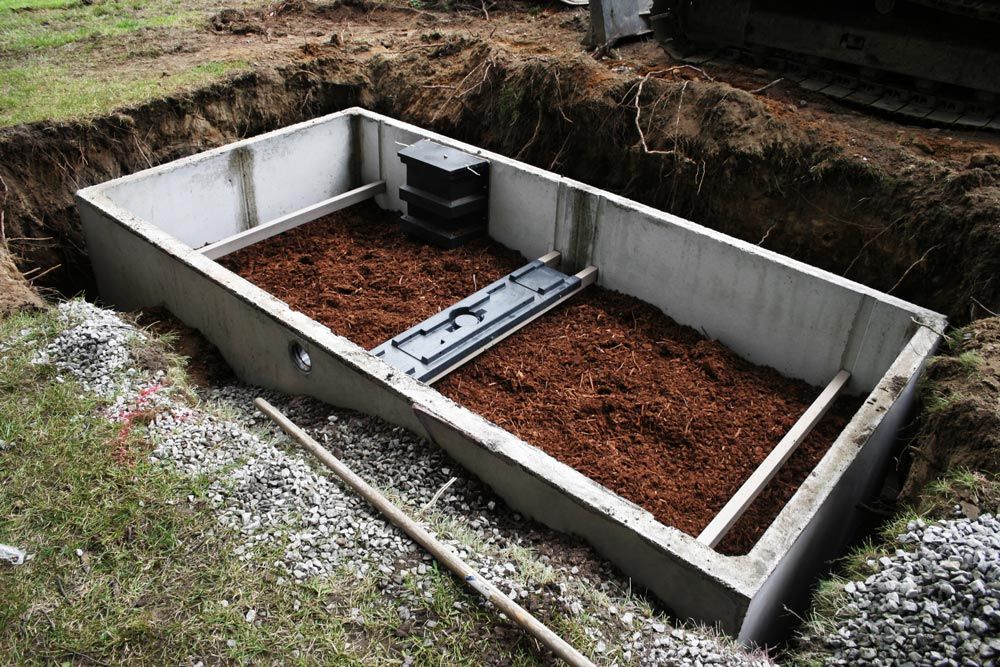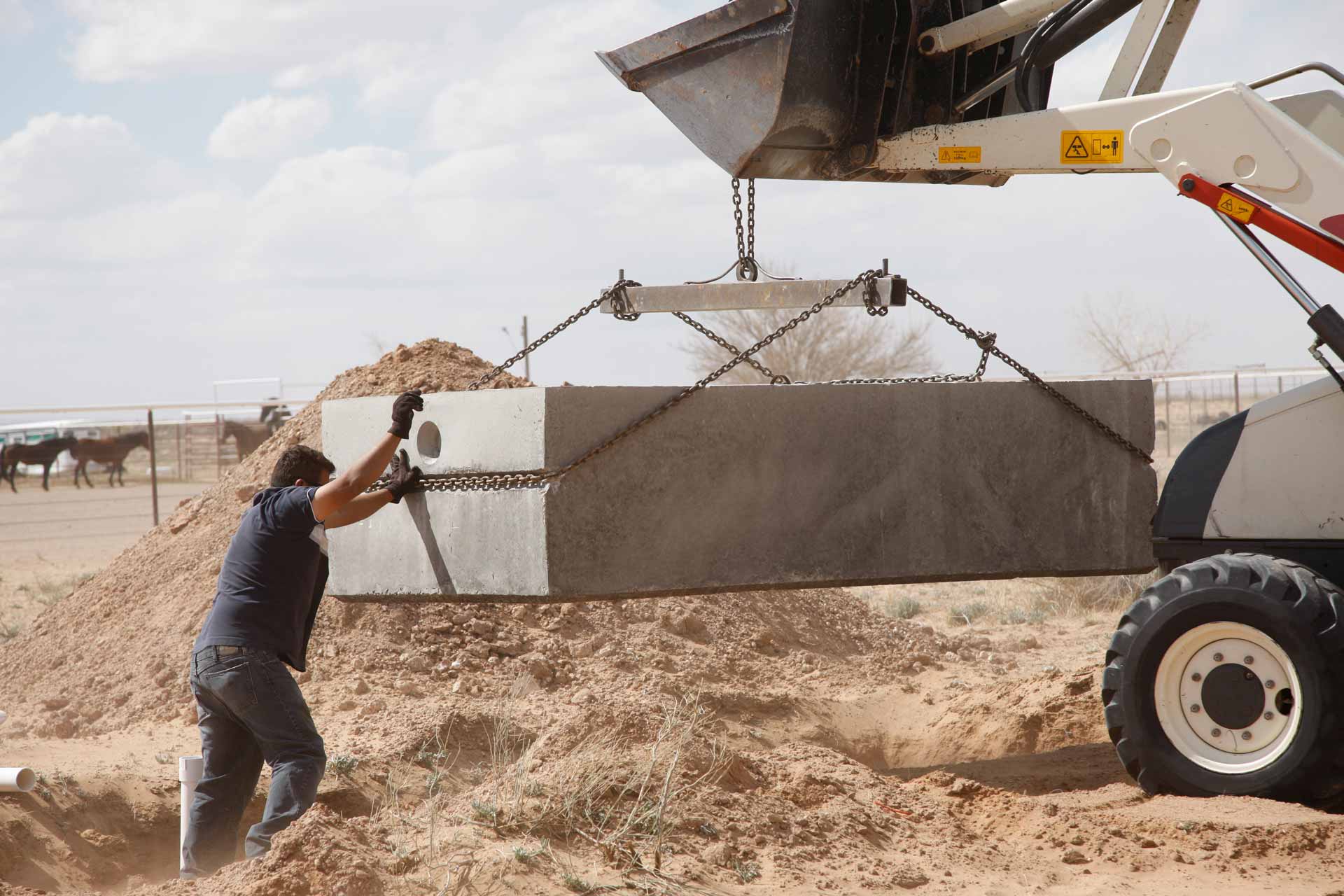HAVE A SEPTIC TANK? WHAT YOU SHOULD KNOW ABOUT DRAIN FIELD FLOODING AND ODORS
Admin • June 7, 2017

A septic tank is crucial to your home's plumbing system and is not something that you can just ignore, especially if you run into problems. For example, you may encounter problems that involve odors and flooding in the drain field. Here is what you need to know about both of these problems.
Drain Field Flooding
Your septic tank works by decomposing solid waste until it turns into liquid, which is then sent out of the tank and into the drain field. If the drain field floods due to excessive rainfall, the water levels can cause problems with how your septic tank operates. This is what you need to do when drain field flooding occurs.
Watch Your Water Usage
Flooding in a drain field means that the ground has been completely saturated with water. In such cases, there is a high probability that water will be able to flow back into the septic tank through compromised underground access ports. When you are experiencing flooding, limit how much water you use so that more water is not put into the tank. This means holding off on running the washing machine, using the dishwasher, and taking long showers.
To conserve water, wash dishes in a small tub and dump the water outside your home. You can also avoid flushing the toilet after each use. If you have a laundry emergency, use a local dry cleaner or laundromat until the flooding is resolved.
Avoid Pumping the Tank
You may think that the best thing to do when the drain field is flooded is to pump out the tank so you can use water regularly again. This is actually something you should avoid doing. When the ground that surrounds the tank is saturated, the weight of the waste inside the tank is what holds the tank in place.
If the tank is emptied, it could actually start floating upward towards the surface. If pipes become dislodged or damaged as a result, you could end up needing to get the tank repaired to fix the damage that was caused.
Get the Tank Inspected
It is hard to know what may have happened to a septic tank during flooding since the tank is underground. Therefore, you will need to schedule a septic tank inspection after the ground dries. If damage is discovered early, you will be able to take care of the repairs quickly.
Septic Tank Odors
Odors are often an indication that you have a problem with your septic tank, the ventilation pipes, or the plumbing in your home.
Look Out for Raw Sewage
Sewage backups can often be smelled or heard before they are seen. One indication that a backup is about to occur is a gurgling toilet, which may soon be followed by raw sewage. If raw sewage does start to come out of your toilets, sinks, or bathtubs, you will need to remove it immediately. This problem is most likely to happen in situations where the drain field is flooded.
Inspect the Vent
It is possible that the ventilation pipe on your home's roof has been clogged with debris like branches and leaves that make it difficult for gasses to leave your septic tank. This will cause those gases to go back into the home. You'll need to have the pipe inspected and clear out debris if any is found.
Sometimes strong winds can be the problem of a ventilation gas backup. You can fix this problem by having the pipe extended.
Check for Dry Drains
There are P-traps installed in your sinks, bathtubs, and toilets that prevent sewer gas from seeping back into your home. However, it is possible that you have a dry drain due to infrequent use, and this issue can easily be corrected by filling the trap back up with water.
If you need assistance performing maintenanceor repairing your septic tank, get in touch with Pete's Outflow Technicians for assistance.
If the septic system doesn't function properly, it could start to generate bad smells. Learn about common reasons why septic systems produce bad smells.
The roots of trees can penetrate your septic system and impede system performance. Learn a few steps to prevent tree and shrub roots from invading your tank.
Whether constructing a new home or replacing an old septic system, homeowners must decide on the type to install. See a few types of septic tanks.
Pumping your septic tank should be part of your home maintenance routine. How often you should pump your tank? Discover a few factors that determine that.
All septic system parts eventually fail. Read on to learn about some factors that determine how long your septic drain field will last.
Landlords should proactively maintain their septic tanks for health, safety, and compliance reasons. Discover essential maintenance tips.









